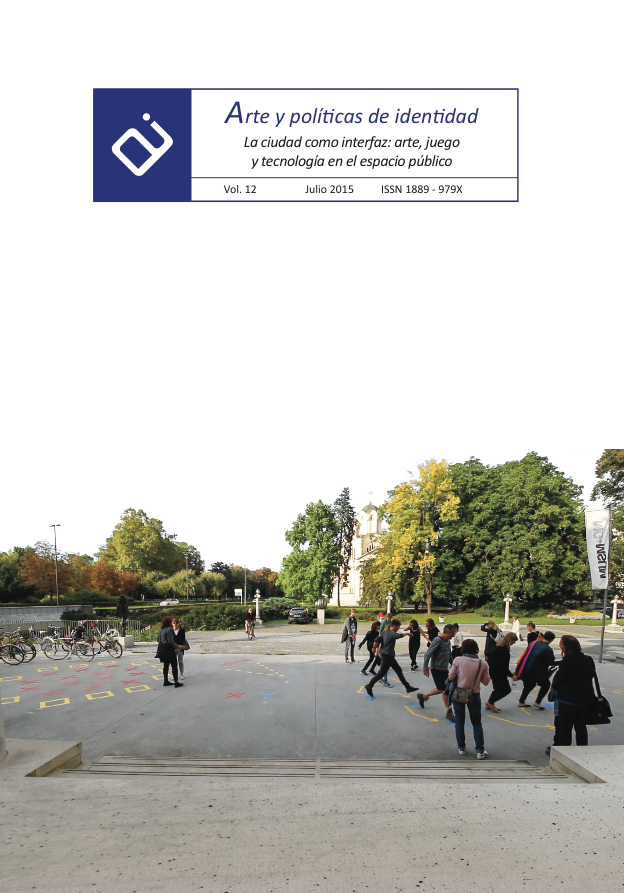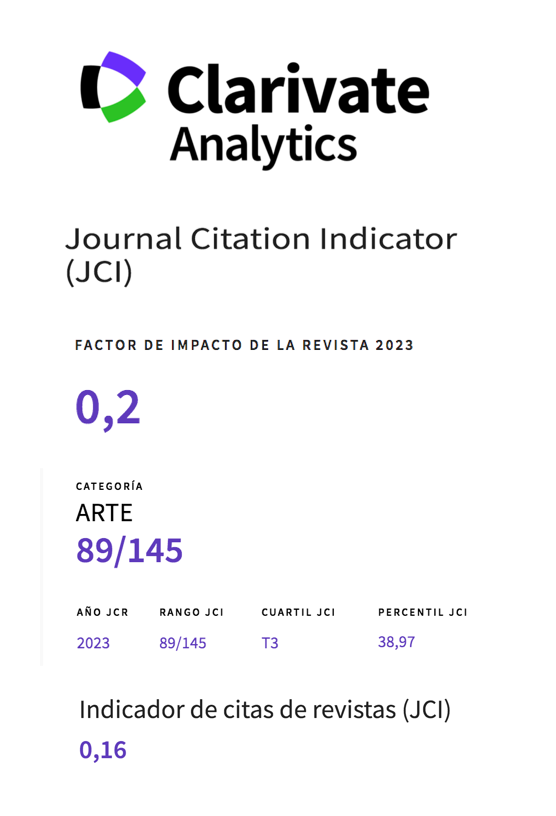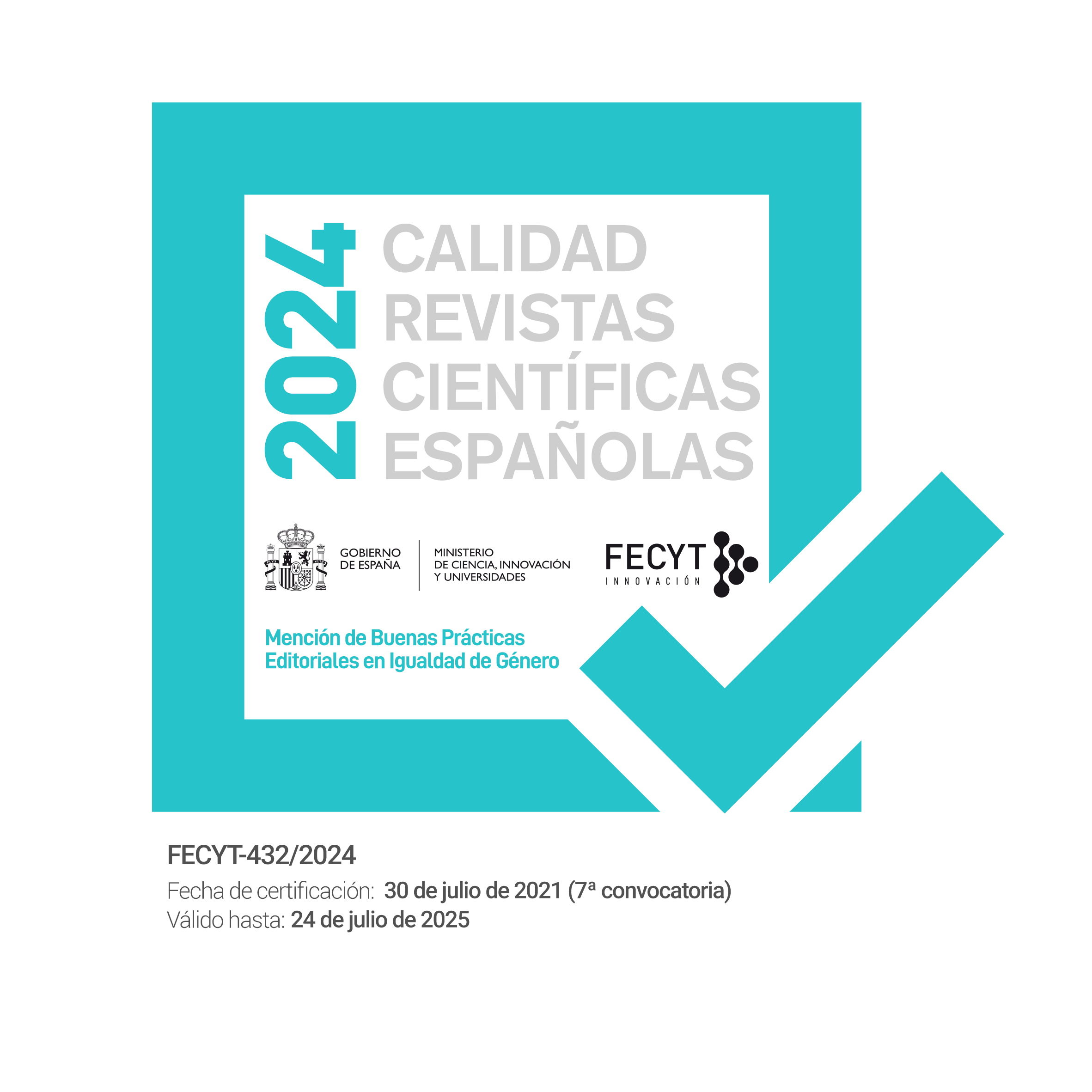City, flow, limit, externality, culture, complexity and disorder
Abstract
The city explains. On it we project our convictions or lack of them, longings, worldviews, judgments and prejudices. And however, the cities become that cultural precondition of which does not seem possible to rid ending with condition our convictions or the lack of them, our longings, etc. They certainly are an inescapable and “invisible” cultural substrate. Our contemporary world has generated a type of city that transcending the material has given rise to without bodies and complex relationships. The street has died, we heard from various fronts. The public space has exceeded the old physical geometry that no longer serves to register changes and flows that characterize our era. The limits were left behind. Your mapping cannot be conventionally. Facing the complexity, political and administrative actions hierarchical and simple, own strong stroke lose force. We not propose abandoning politics and the city, but the way of doing politics and city. Suggested management of complexity and clutter that coordinates complex, not from the hierarchy but from a “super-vision” policontextual and polycentric.Downloads
-
Abstract421
-
PDF (Español (España))350
References
Arendt, H. (1993). La condición humana. Barcelona: Paidós.
Augé, M. (2000). Los no lugares. Espacios del anonimato.Barcelona: Gedisa
Baricco, A. (2009). Los bárbaros. Ensayos sobre la mutación. Barcelona: Anagrama.
Baudrillard, J. (2002). La ilusión vital. Madrid: Siglo XXI de España editores.
Bauman, Z. (2002). Modernidad Líquida. Buenos Aires: Fondo de cultura Económica de Argentina.
Beck, U. (2002). La sociedad del riesgo global. Madrid: Siglo XXI.
Calvino, I. (2007). Las ciudades invisibles. Madrid: Siruela.
Choza, J. (2008). Medicina, Geografía y Geometría. Los espacios de la salud y la enfermedad. Thémata. Revista de Filosofía (40), 156-157.
Choza, J. (2002). Antropología Filosófica. Las representaciones del sí mismo. Madrid: Biblioteca Nueva.Chueca
Goitia, F. (1998). Breve historia del urbanismo. Madrid: Alianza.
Foerster, H. (1984). Principles of Self-Organitation In a Socio Managerial Context. En Ulrich, H y Probst, G (Eds.), Self-Organization and Management of Social Systems (pp 2-24). Berlín: Springer.
Foerster, J. (1971). Planung unter dem dynamischen EinfluB komplexer sozialer Systeme. En Volker, R. y Gunter, S. (Eds.), Politische Planung in Theorie und Praxis. München: Piper.
Gadamer, H.G.(1990). Warheit und Methode. Grundzúge einer philosophischen Hermeneutik. Tubingen: Mohr.
García Sánchez, R. (2013) Meditación sobre la ciudad actual. Murcia: Edit.um.
García Sánchez, R. (2013) Muerte y deconstrucción de Vitruvio. P+C Proyecto y Ciudad. Revista de temas de arquitectura (4), 5-20.
Gomá, J. (2007). Aquiles en el gineceo. Valencia: Pre-textos.
Gordon Childe, V. (1954). Los orígenes de la civilización.México: Fondo de Cultura Económica.
Guiddens, A. (2002). Un mundo desbocado. Madrid: Taurus.
Heidegger, M. (2001). Conferencias y artículos. Barcelona: Ediciones del Serbal. Innerarity, D. (2008) Un mundo sin alrededores. Revista CIDOB d ́Afers Internacionals (82-83), 51-55.
Innerarity, D. & C. (1999). La transformación de la política para gobernar una sociedad compleja.Revista de Estudios políticos (Nueva época) (106), 231-255.
Innerarity, D. (2006). Pensar el orden y el desorden: Una poética de la excepción. Convivium, revista de filosofía (19), 165-178.
Solà-Morales, I. (2002). Territorios. Barcelona: Gustavo Gili.
Virilio, P. (1991). La ciudad sobrexpuesta. En Virilio, P. The lost Dimensión, New York: Ed. Semiotexte.
Works published in this journal are subject to the following terms:
- The Service of Publications from the University of Murcia (publishing house) keeps the published works’ copyrights, and favors and allows the reuse of these works under the license indicated in point 2.
- Works are published in the journal’s online edition under the license Creative Commons Reconocimiento-NoComercial-SinObraDerivada 3.0 España(texto legal). They can be copied, used, disseminated, transmitted and publicly exhibited, as long as: i) the author and original source of publication are cited (journal, publishing house and work’s URL); ii) they are not used for commercial purposes; iii) the existence and specifications of this license are mentioned.
3. Conditions for auto-file. It is allowed and encouraged that authors share electronically their pre-print version (the pre-reviewed version) and /or post-print version (the reviewed and accepted version) of their Works before the publication, since it promotes its circulation and dissemination. RoMEO color: green.










